
Blood, sweat and candle wax in Fabre's Wagner vision at @hollandfestival
 Holland Festival
Holland Festival
De moeder aller kunstvormen. Volgens operaliefhebbers.

 Holland Festival
Holland Festival
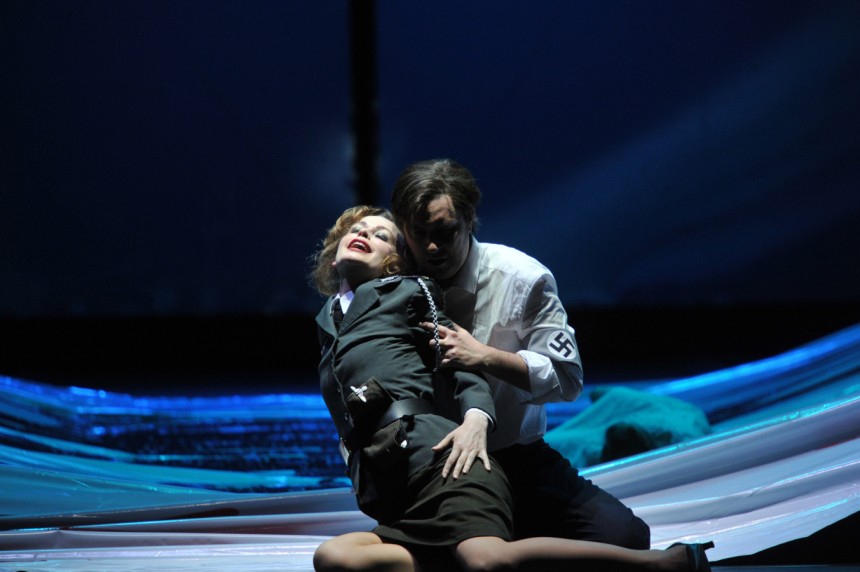
Wanneer zowel nu.nl, het BBC-nieuws en vrijwel elke Duitse krant gelijktijdig aandacht aan een opera besteden moet er wel iets aan de hand zijn. En dat is ook zo: nazi’s! Wagner! Woedende toeschouwers! Meer dan dat: artsen moesten erbij geroepen!

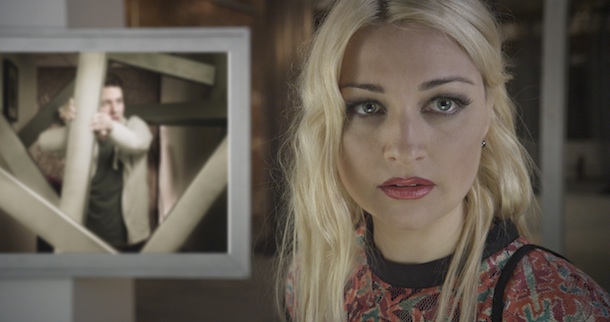
In een jaar de AKO- én Libris-prijs? De voorpagina’s van de kranten zouden er vol mee staan, om nog maar te zwijgen over de tientallen pagina’s in de boekenbijlagen. Componist Michel van der Aa moet het doen met kleine berichtjes, verstopt in de krant, terwijl het ontvangen van de Grawemeyer Award en de Mauricio Kagel Music Prize een nog niet eerder vertoonde dubbel is.

Wat maakt een opera tot een succes? De zonderlingen, leeghoofden, comici, lyrici en tragici menen het te weten, en verkondigen hun standpunt op de gekste momenten en zijn zelfs niet te beroerd om in de handeling in te grijpen. Welkom in wondere wereld van Prokofjevs L’amour des trois oranges, deze maand opnieuw op de planken in het Amsterdamse muziektheater.
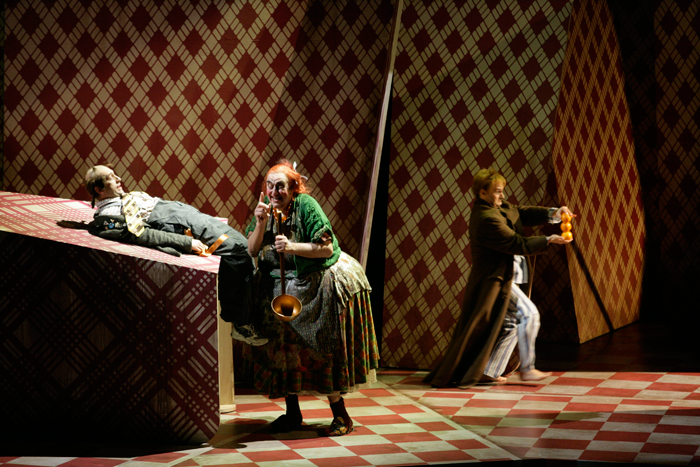
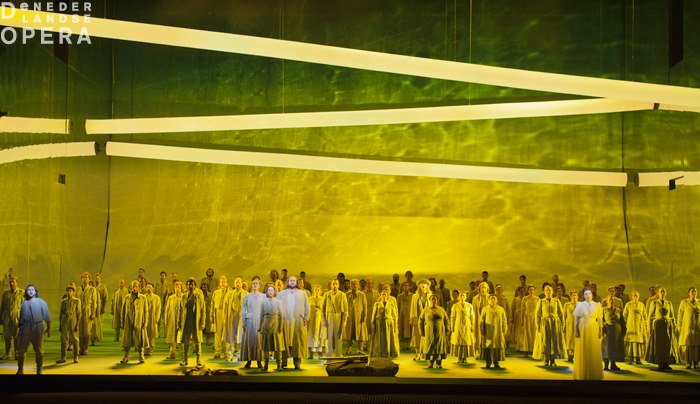
Na ruim vier uur gebeurt het dan toch: emotie. Het vrije Zwitserland baadt in een gouden zonlicht en het koor zwelt aan over de mooiste orkestklanken die Rossini componeerde. Onwereldse klanken, die weinig van doen hebben met de bekendste klanken uit Guillaume Tell – de galoppade uit de ouverture.
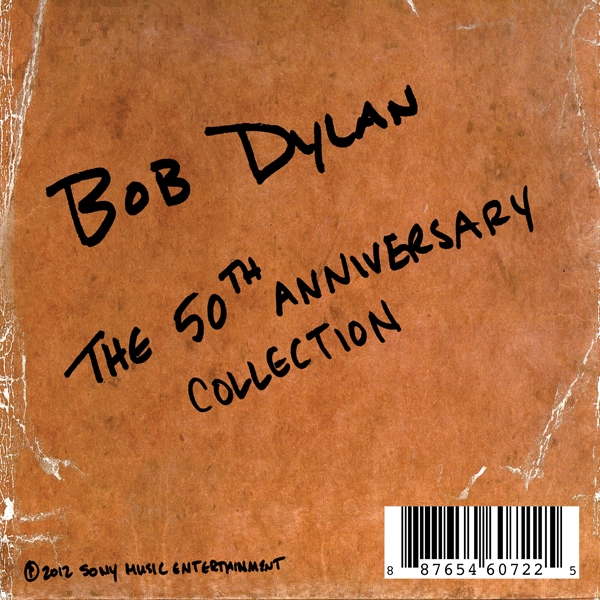
What does a dissertation on a forgotten Victorian novelist have in common with a rushrelease from multinational Sony?
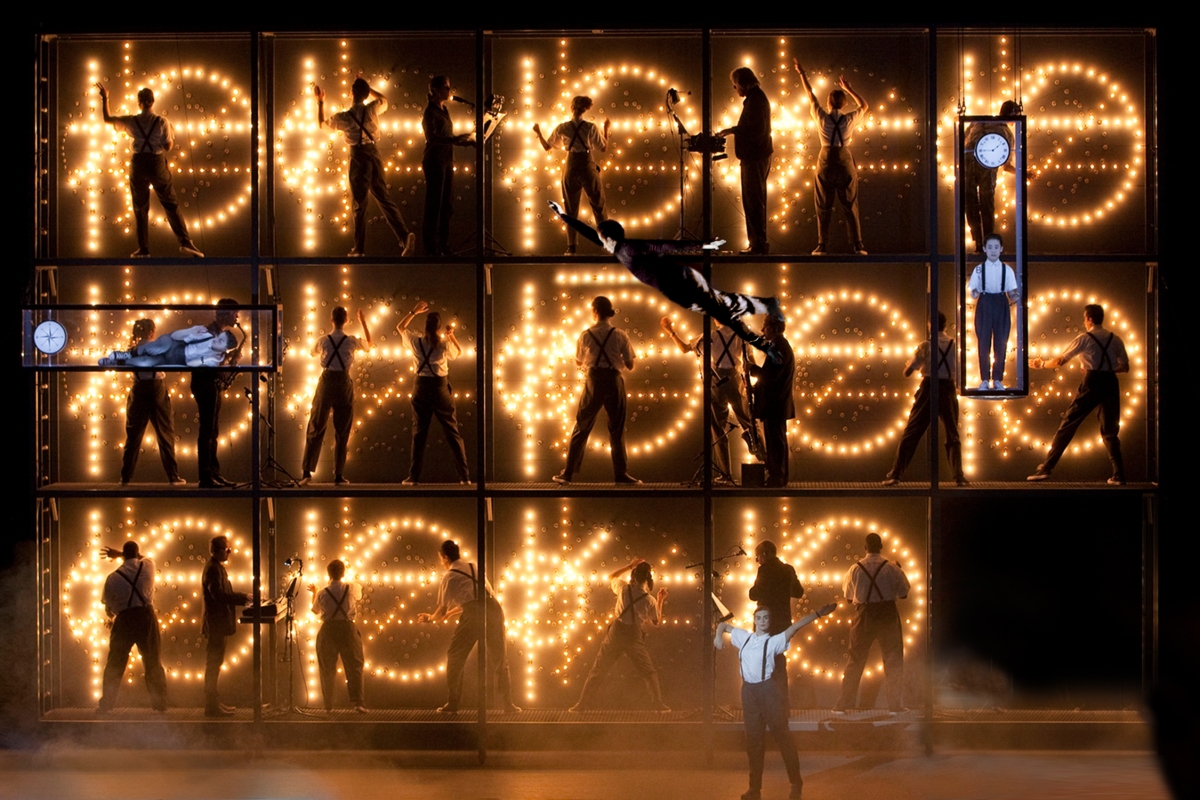
Einstein on the beach: een vijf uur durende minimalistische opera zonder plot, zonder pauze. Een opera met een welhaast mythische status, met beelden die uitgegroeid zijn tot theatericonen, maar die vrijwel niemand daadwerkelijk heeft gezien.
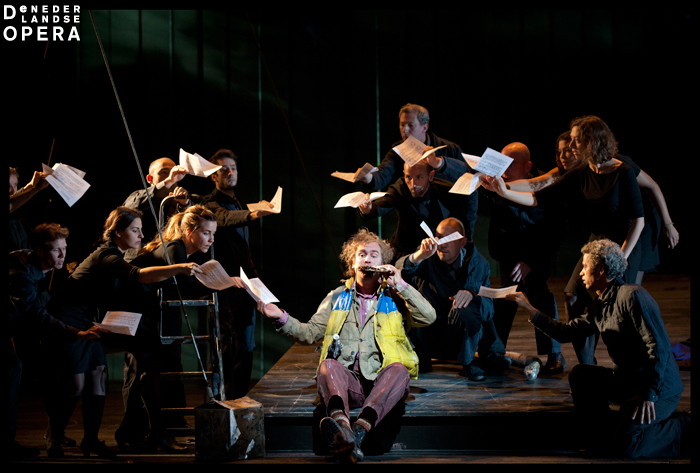

Two years ago he was acclaimed for his staging of A Dog's Heart by Alexander Raskatov, now he is lavishly believed for his production of Mozart's Die Zauberflöte. It premiered last week at The Netherlands Opera and last night too, the sold-out audience responded enthusiastically. Yet the high expectations were not quite met.
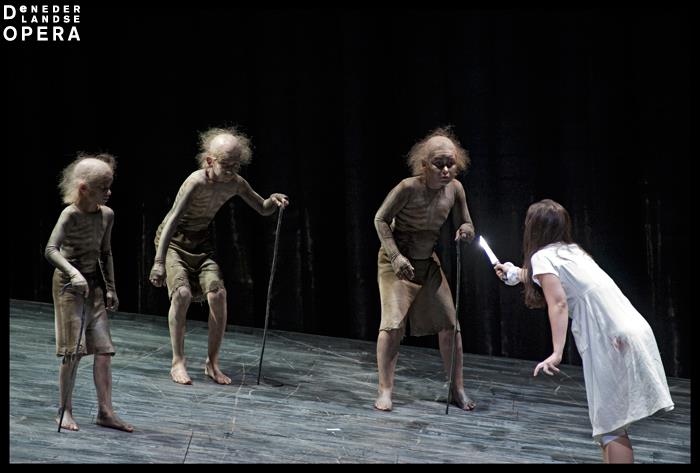
Een geluidstechnicus die op het podium met propjes papier oorverdovende klanken maakt. Poppenspel dat naadloos overgaat in filmprojecties en zangers die gedubbeld worden door acteurs. Een oersimpel toneel op het toneel dat echter wel degelijk hightech is. Een voorstelling in een van de grootste zalen van ons land, die echter doet denken aan een vlakke vloer voorstelling. Een vlakke vloer die wel alle kanten op kan bewegen, en even gemakkelijk een helling of een plafond kan zijn, dat dan weer wel.
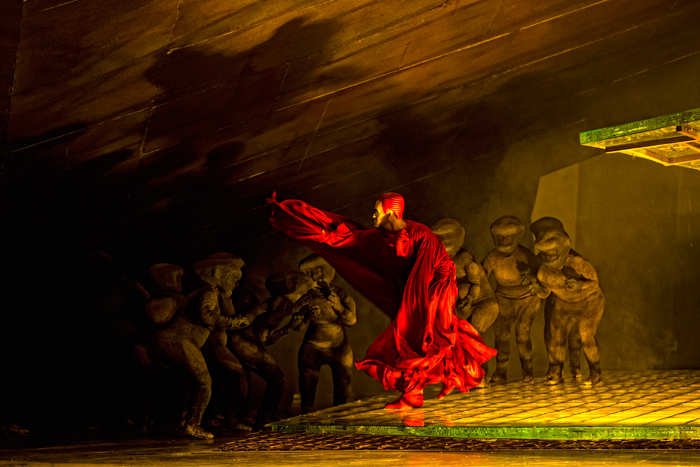
Bijna waren ze weggegooid: George Tsypins immense decors voor Wagners Der Ring des Nibelungen. Niet omdat zijn enscenering niet succesvol was of inmiddels verouderd zou zijn, maar simpelweg omdat de opslag voor De Nederlandse Opera een te forse kostenpost vormde.
Klassieke muziek op televisie heeft altijd iets saais. Vaak een korte inleiding door een keurige heer of dame, gevolgd door het concert zelf. Close-ups van de dirigent en solist, een longshot van het hele orkest en na afloop applaus. Alsof het medium zo nauwgezet mogelijk de etiquette van de concertzaal probeert te evenaren. Zelfs de webstreams waar meer en meer grote orkesten zich meer en meer van bedienen wijken amper van deze formule af.
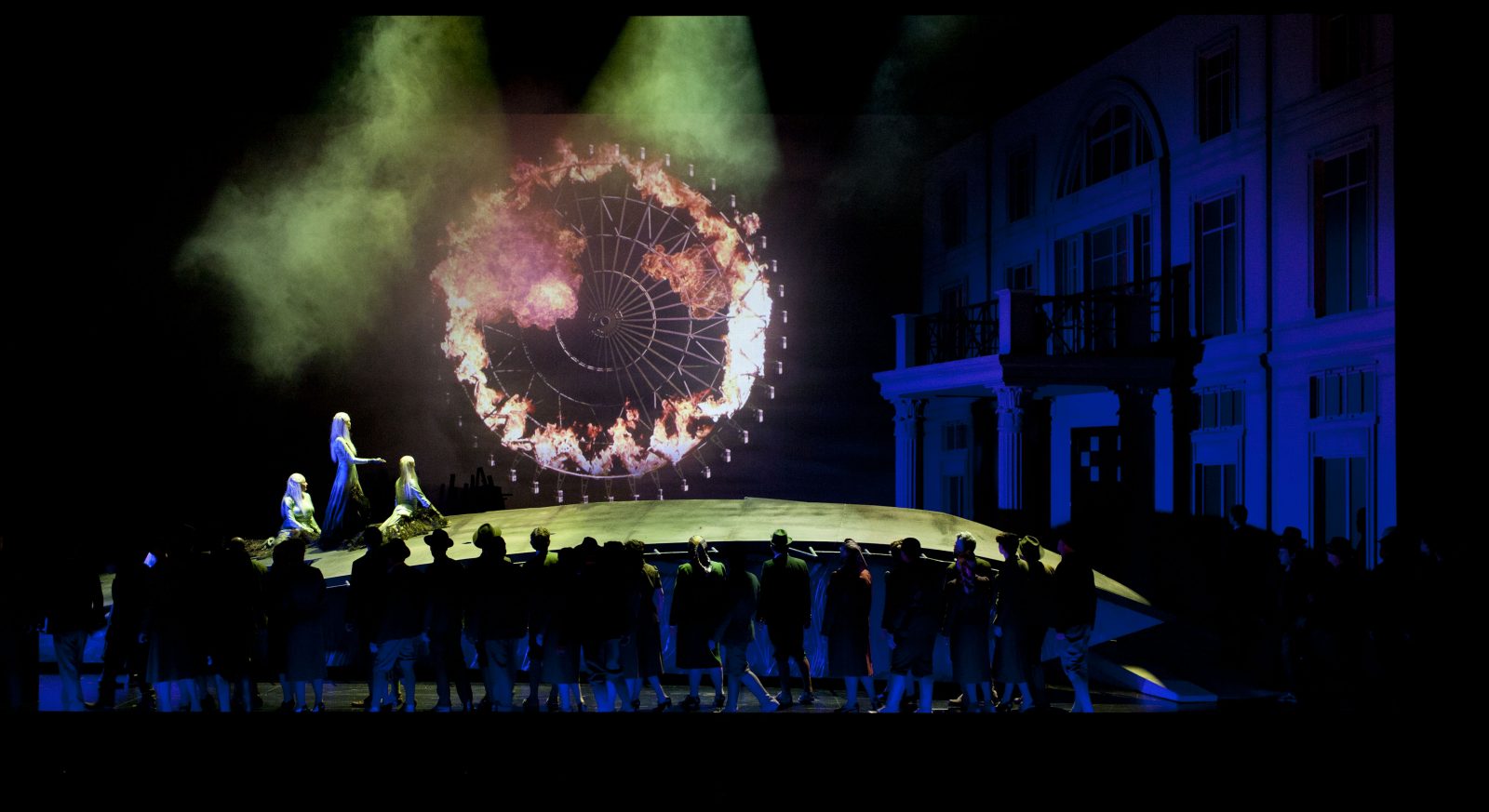
The closing applause after the premiere of Götterdämmerung stormy, is an understatement. It seemed as if the completely sold-out auditorium wanted to surpass the primal forces extracted from the Gelders Orkest by Ed Spanjaard. History was made here: on stage, by the soloists and choir, in the orchestra pit and behind the scenes, for six hours and 20 minutes.
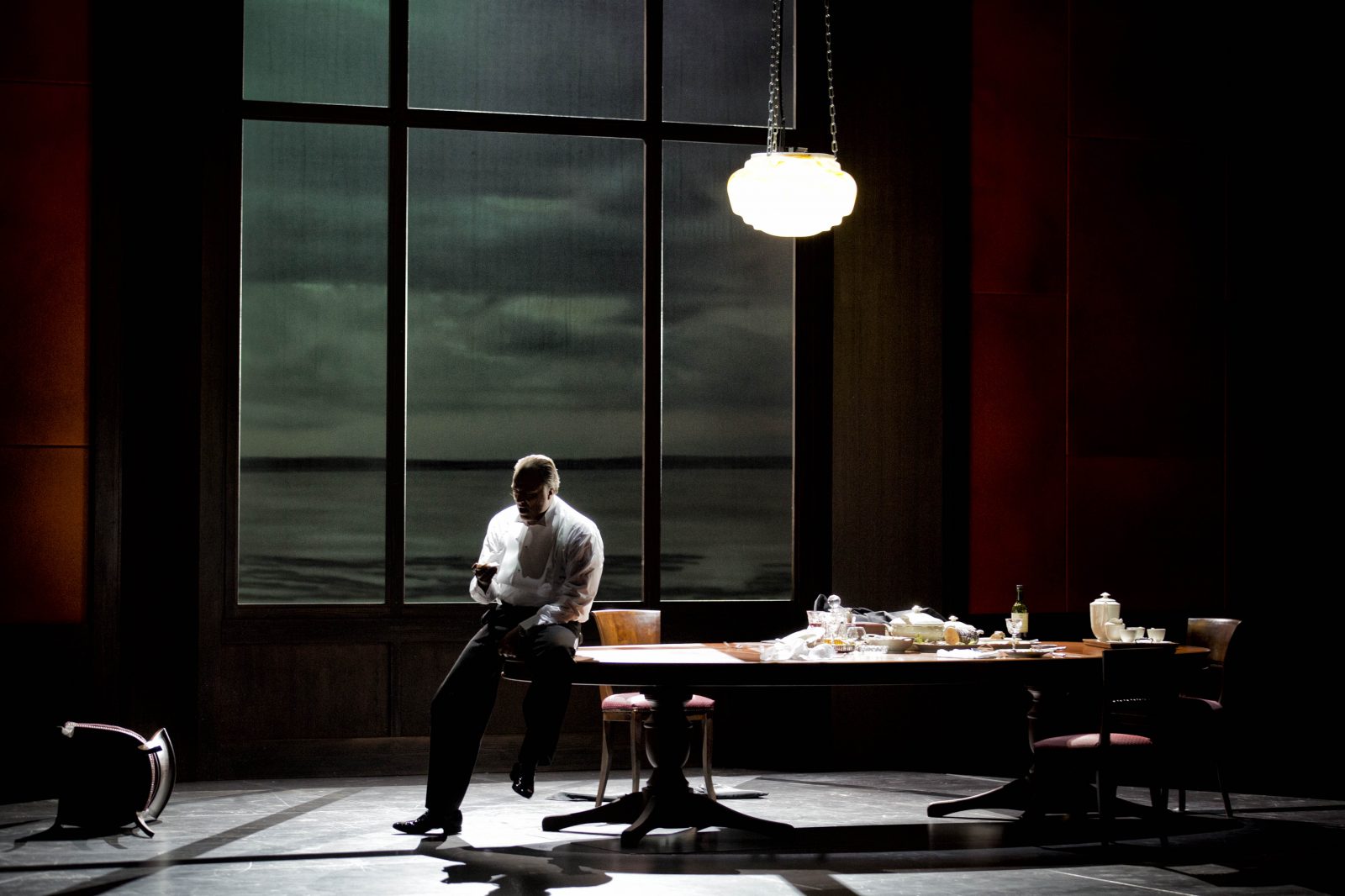
Het is de eerste massascène in Wagners Ring: Siegfried voert Brünnhilde naar de Gibichungenburcht en Hagen roept al zijn mannen bijeen. Vanaf het zijtoneel klinkt letterlijk oorverdovend hoorngeschal, maar dirigent Ed Spanjaard laat doorspelen. En terecht: in het orkest slaat een vonk over. Het hele toneel is in een oogwenk gevuld en het koor zwelt in kracht aan, luider en luider, alsmaar luider, tot de extatische apotheose:
"That fairytale world has never been my world," director Ivo van Hove declared before the premiere of Schreker's fairytale opera Der Schatzgräber. Remarkable, as Van Hove and his regular scenographer Jan Versweyveld were previously responsible at De Nederlandse Opera for Tchaikovsky's Iolanta and Janáček's The Makropulos case - also fairy tales rather than grand dramatic works.
It begins beautifully. Prominently displayed on stage is Breitner's painting The Red Kimono. And not a copy, but the real thing, which is further underlined by the Stedelijk Museum's large number of crates, on which the musicians of the Hexagon Ensemble are also placed. Actor and dancer Michael Schumacher casually walks up to it and looks at the painting for about a minute - the average time a museum visitor looks at a painting.

That Pierre Audi does not shy away from religious symbolism is well known, but the true miracle in The Netherlands Opera's Parsifal is in the pit. There, in the hands of master conductor Iván Fischer, the Concertgebouw Orchestra sets a new Wagner standard. Despite a gigantic orchestral strength, almost chamber music-like lightness, extraordinarily transparent and, thanks to careful tempo choices, with wonderful dramatic tension. Five hours long.

Or: the familiar becomes utterly alien here. Or: embracing meaninglessness as the first principle. One hundred years after his birth, John Cage takes centre stage in HF weekend.
Ever since Reinbert de Leeuw played it in the fastest talk show on Dutch television, John Cage's 4'33" has been a well-known composition in our country. For exactly four minutes and thirty-three seconds, the musician does not play a single note and the audience hears nothing but the ambient sounds.

In his Requiem for tenor, narrator and ensemble, Micha Hamel makes the most of the space of Amsterdam's De Duif church. Musicians play on the altar, from the balconies, mingle among the audience and push out a piano. - But what does Hamel really want to say? In front of a sold-out house, Micha Hamel's Requiem premiered last night. He ...
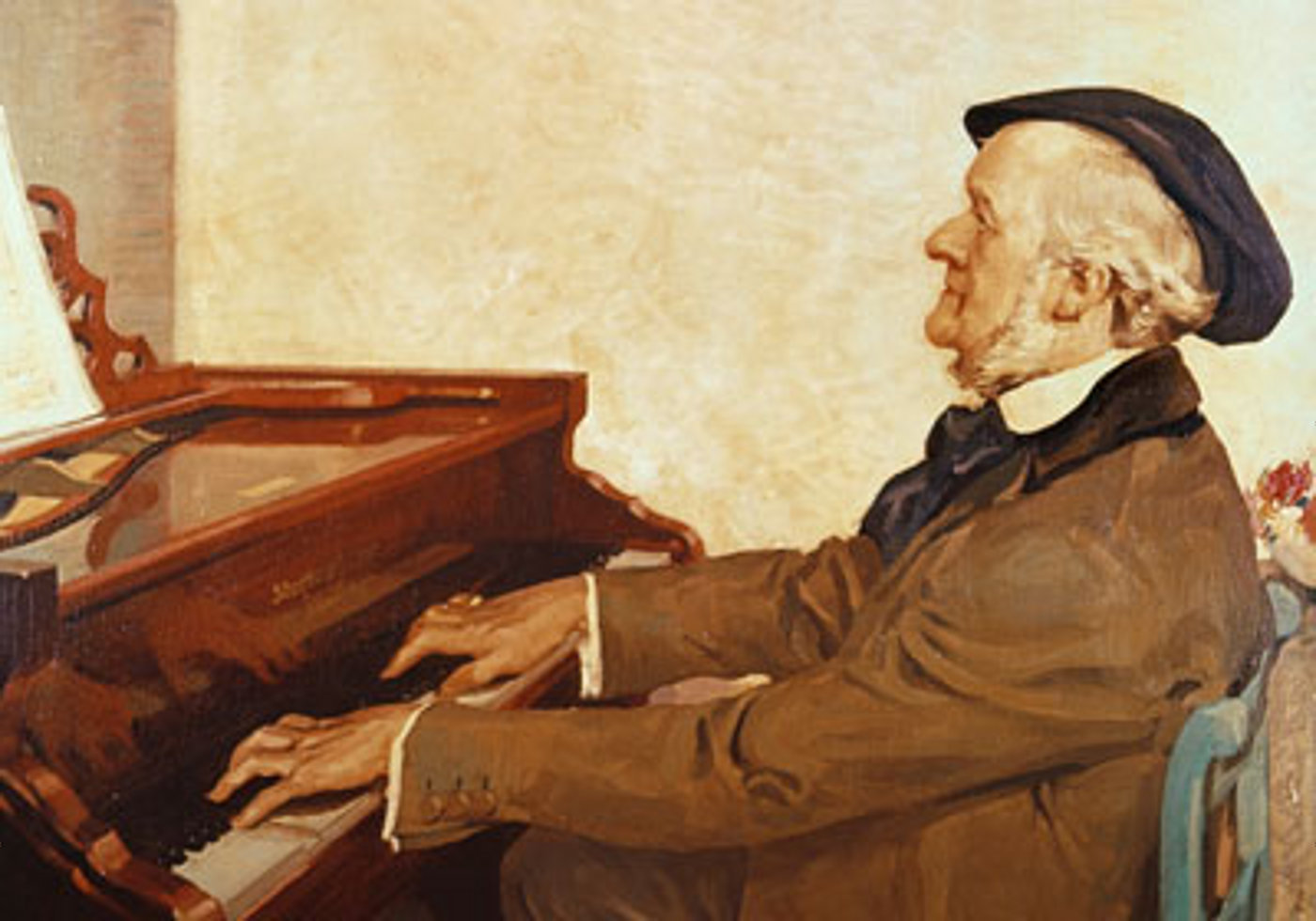
Een klassieke fout: Andries Knevel omschrijft Richard Wagner als de hofcomponist van Hitler. En wordt door niemand tegengesproken.
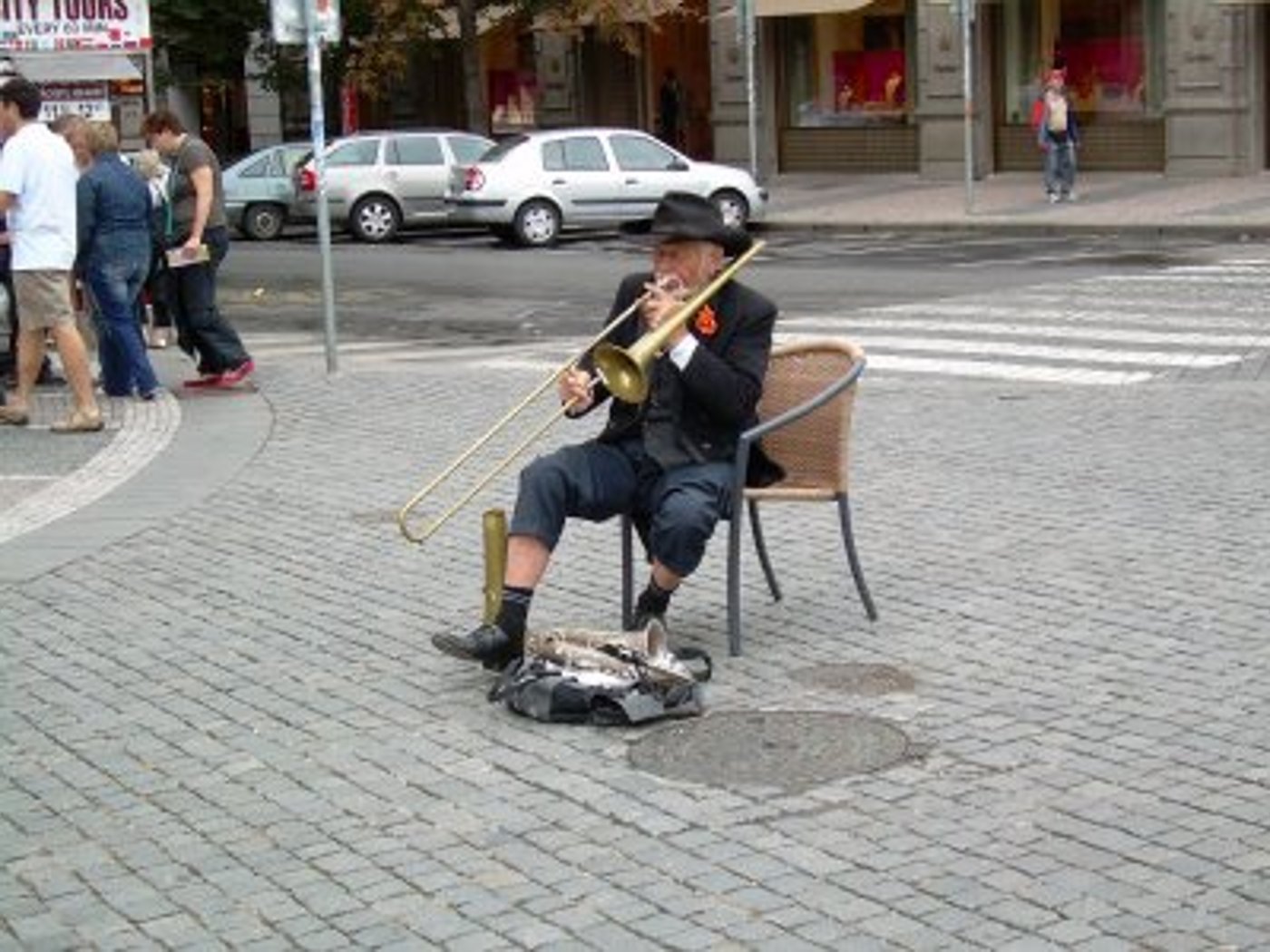

Om vijf ton extra binnen te kunnen halen, trekken het Nederlands Symfonie Orkest en het Gelders Orkest één lijn. En met succes: de provinciale overheden van Overijssel en Gelderland vangen de subsidiekorting van het rijk op. Nu blijkt echter dat de plannen waarmee die redding is binnengeharkt, dubieus zijn. De politiek heeft daar nauwelijks naar gekeken. Vragen over het businessplan kwamen in Overijssel vooral van de PVV, maar in Gelderland stemde die zelfde partij na een – opmerkelijk vernietigende – contra-expertise juist enthousiast in met de miljoeneninjectie.
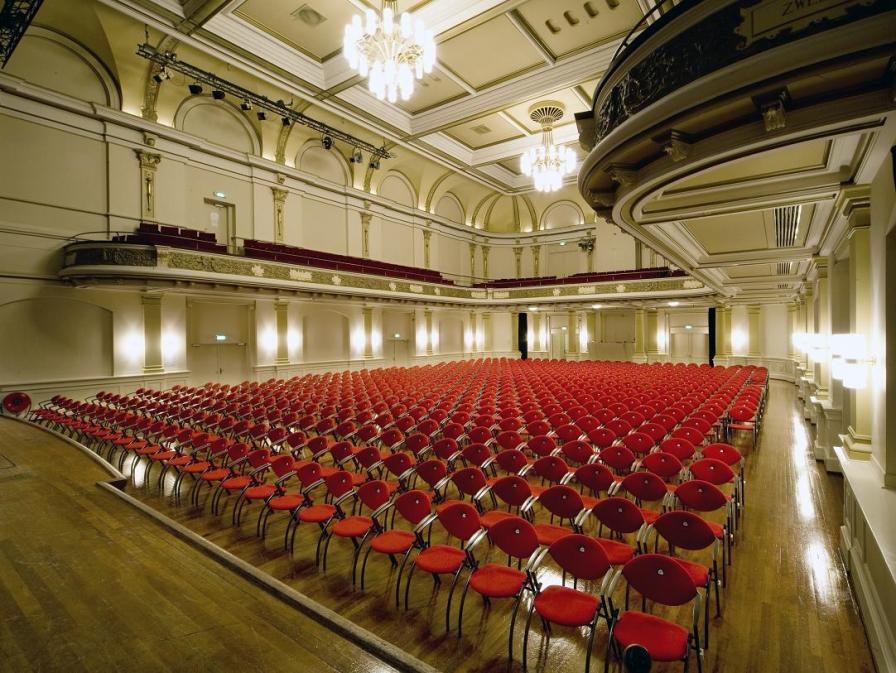
Bijna dertien miljoen vroeg Het Gelders Orkest (HGO) aan de provincie Gelderland. Het kreeg drie-en-een-half. Precies genoeg om de korting op de rijkssubsidie de komende twee jaar op te vangen en toe te werken naar een nieuwe organisatiestructuur en een nieuw verdienmodel, zoals omschreven in een zeer ambitieus businessplan, dat…… wacht even. Hier hebben we toch al over geschreven?
You must be logged in to post a comment.